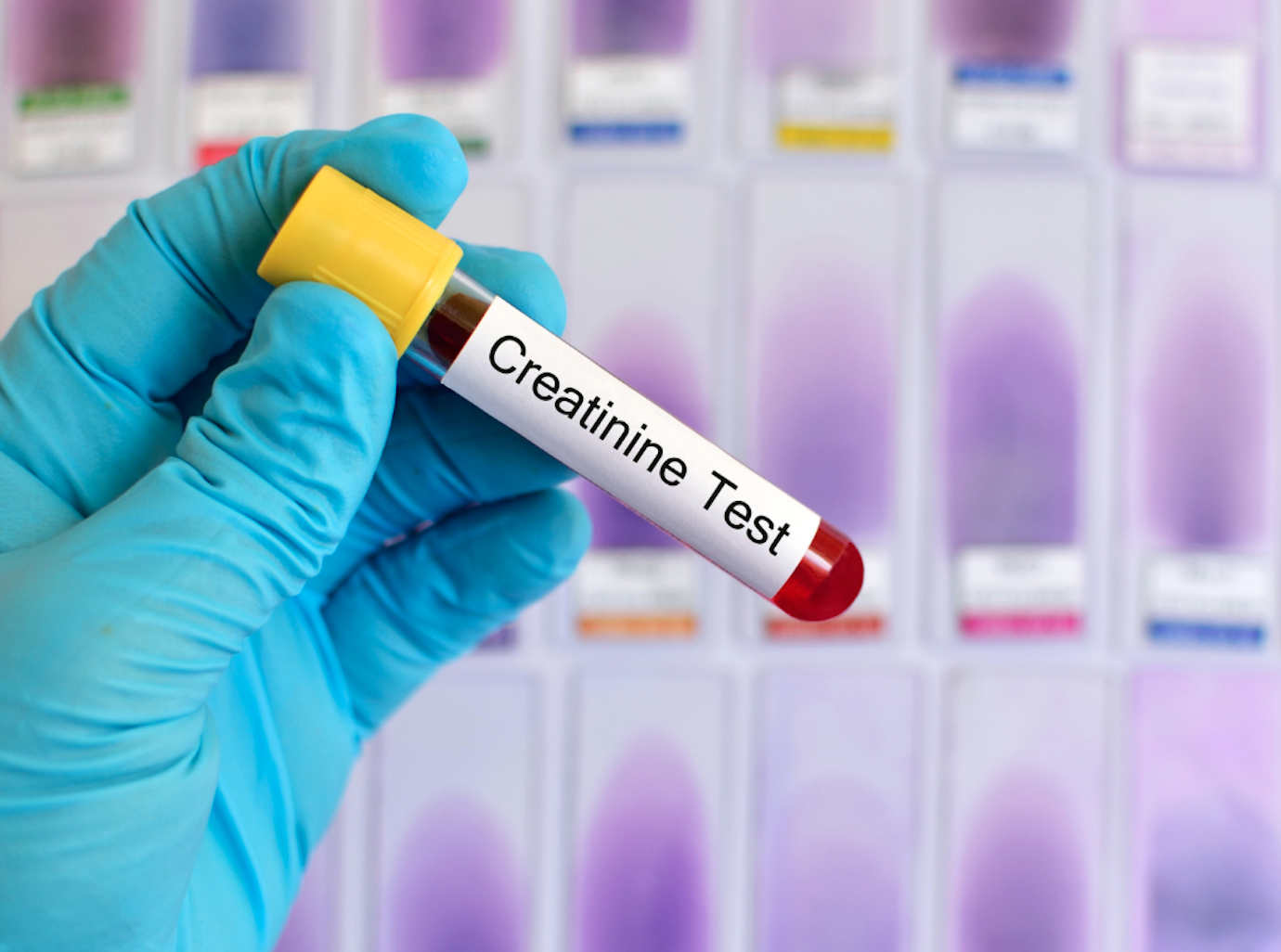Elevated Creatinine in Patents Using Tofacitinib (Xeljanz): Should I worry?
Minor Elevations in Creatinine May Occur in Patients Using Tofacitinib - Usually without Concern
Tofacitinib (Xeljanz) is increasingly used in the treatment of several immune based hair loss conditions, including alopecia areata and lichen planopilaris (LPP). A variety of blood tests are needed before starting tofacitinib and several blood tests are needed after starting tofacitinib.
See Prior Articles:
Lab Abnormalities in Patients Using Tofacitinib
Clinic Handout for Our Patients Starting Tofacitinib
High Dose Tofacitinib: What do we tell our Patients?
Tofacitinib and Blood Clots: What do we need to think about ?
Tofacitinib and Kidney Function
Measurements of kidney function is one important test that its needed by tofacitinib users. There are several ways that one can measure how well the kidneys are working. One way is by a simple blood test known as “creatinine.” Creatinine is a normal by-product of muscle metabolism. Creatine (sounds similar but note it is a different word) is used up by muscles and gets converted to creatinine. Health professionals measure creatinine in the blood to assess how well the kidney are filtering the blood.
Normal creatinine levels are 0.6 to 1.3 mg/dL for men and 0.5 to 1.1 mg/dL for women. In SI units, such as how the numbers are expressed in Canada, normal creatinine levels are around 50-110 umol/L for men and 50 to 98 umol/L for women. When levels of creatinine rise above these normal cuts offs, medical teams may worry that kidneys are not working properly.
A very small proportion of Tofacitinib users experience elevation in serum creatinine. These elevations are typically quite small and occur within the first three months. The changes are most often without consequence and do not require the dose to be lowered. 1% of users have more significant elevations that may need closer follow up .
Elevations of Creatinine may be seen in Tofacitinib Users.
A 2014 study evaluated whether tofacitinib users experienced increases in creatinine. Fortunately, tofacitinib use did not have a major impact on creatinine in most patients. The authors in the 2014 study evaluated 3315 rheumatoid arthritis patients receiving tofacitinib and found that a small number of patients using tofacitinib did experience an increase in creatinine but the changes were quite minor and occurred soon after starting. After 3 months of use, patients receiving tofacitinib at a 5 mg dose had a 0.07 mg/dL increase in creatinine and patients receiving tofacitinib at 10 mg doses had a 0.08 mg/dL increase in creatinine levels. This equates to around 7-8 umol/L in Canadian units. About 1.4 % of patients receiving 5 mg experienced a 30% increase in creatinine levels and 1.9 % patients receiving the 10 mg dose had a 30 % increase in creatinine. There were 6 patients in these studies that have creatinine levels above the cut off ranges and this was more common in users receiving 10 mg doses than 5 mg doses.
In general, 5 mg doses of tofacitinib had slightly less chance of elevating blood creatinine levels than 10 mg doses and doses higher than 10 mg had slightly greater risks of elevating creatinine than doses less than 10 mg.
Does elevated creatinine in tofacitinib users ever signal serious kidney failure ?
Every single patient who uses tofacitinib must be monitored regularly by a doctor. It is certainly possible that tofacitinib can be associated with kidney injury. Fortunately, this is rare. Most of the time, the mild elevations in serum creatinine are not associated with actual kidney injury and are reversible once the dose is reduced again in the future. In the 2014 study discussed here (and referenced below), less than 0.01 % of tofacitinib users actually had acute kidney failure. In most of those cases, the kidney failure was associated with other issues being present like infection, heart failure, dehydration or multi-organ failure. Acute kidney failure in healthy patients receiving tofacitinib was fortunately very very rare.
Conclusions
The key lessons from these studies are that patients receiving tofacitinib could potentially experience a very slight rise in creatinine within the first three months but generally it is quite a small rise and creatinine levels eventually “plateau” (stay constant) and do not continue to rise higher and higher after that 3 month time point. Major increases in creatinine are not common. Although this study was done in patents with rheumatoid arthritis rather than patients with alopecia areata, most hair loss patients using tofacitinib in my experience don’t experience much of an elevation in creatinine. However, every once in a while a patient’s blood tests come back showing a sharp rise in the creatinine levels.
The chances of patients experiencing a rise of creatinine is higher on 10 mg than 5 mg. Repeat serial testing every month or 2 will be critical to following a patient over time who demonstrates an elevations of creatinine well above starting levels. Patients with creatinine levels above the “cut off” (100 in women and 110 in men) may benefit from more thorough investigation and potentially dose reduction or cessation of tofacitinib depending on the degree of elevation from baseline.
References
Isaacs JD et al. Changes in serum creatinine in patients with active rheumatoid arthritis treated with tofacitinib: results from clinical trials. Arthritis Research & Therapy 2014; 16(4): R158.
This article was written by Dr. Jeff Donovan, a Canadian and US board certified dermatologist specializing exclusively in hair loss.

